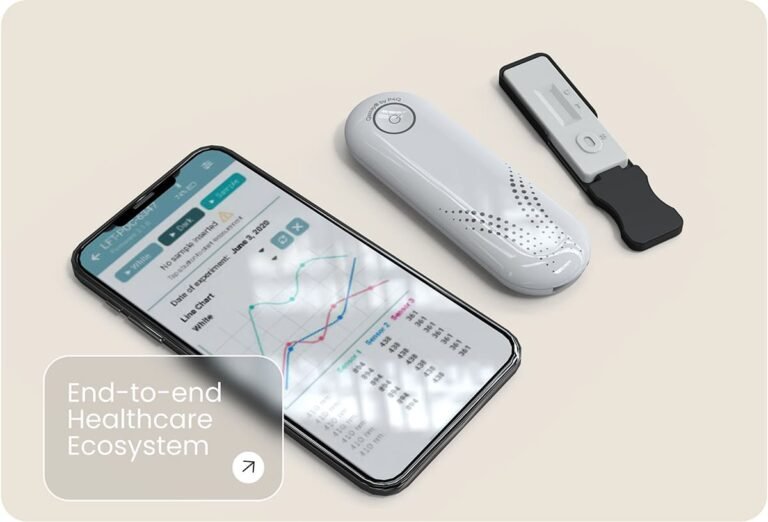Understanding the Clinical Significance of HbA1c in Diabetes Diagnosis and Management
In the world of diabetes care, few biomarkers have earned as much clinical importance as Hemoglobin A1c (HbA1c). It’s more than just a number—this test provides a window into a person’s average blood glucose levels over the past two to three months and plays a central role in diagnosing and managing diabetes. But what exactly makes HbA1c so essential?
What is HbA1c?
Hemoglobin A1c (HbA1c) is a form of hemoglobin that is chemically linked to glucose. When blood sugar levels are high, more glucose attaches to hemoglobin. Because red blood cells live for about 120 days, HbA1c provides a reliable long-term indicator of blood glucose control, offering a bigger picture than a single fasting glucose test.
Why is HbA1c Used in Diabetes Diagnosis?
Traditionally, diabetes was diagnosed using fasting blood glucose or oral glucose tolerance tests. While these are still relevant, the HbA1c test has become a valuable addition to the diagnostic toolkit for several reasons:
- Reflects long-term glycemic exposure: Unlike daily fluctuations, HbA1c captures average glucose levels over weeks.
- Convenient and non-fasting: The test can be performed any time of day without fasting.
- Standardized and reproducible: The test has been globally standardized, making it a consistent marker across clinical settings.
According to the American Diabetes Association (ADA):
- An HbA1c level of 6.5% or higher is diagnostic of diabetes.
- Levels between 5.7% and 6.4% indicate prediabetes.
- A normal HbA1c is below 5.7%.
Importance in Diabetes Management
Once diabetes is diagnosed, the HbA1c test becomes an essential management tool. Monitoring HbA1c helps both patients and healthcare providers assess how well blood sugar is being controlled over time.
Key benefits of using HbA1c in management:
- Treatment adjustments: Helps clinicians fine-tune medications, diet, and lifestyle changes.
- Goal setting: Most diabetic patients are advised to maintain an HbA1c level below 7.0%, though targets may be individualized based on age, comorbidities, and risk of hypoglycemia.
- Predicts complications: Elevated HbA1c is strongly associated with microvascular complications (like retinopathy, nephropathy, and neuropathy) and, to a lesser extent, macrovascular issues (like heart disease).
Limitations and Considerations
While HbA1c is invaluable, it’s not without limitations:
- Anemia or hemoglobinopathies can falsely elevate or lower HbA1c levels.
- Certain populations—such as those with chronic kidney disease or recent blood loss—may require alternative markers.
- Ethnic variability may influence HbA1c readings, warranting careful interpretation.
Complementary Role with Daily Monitoring
Though HbA1c gives a long-term view, it does not replace self-monitoring of blood glucose (SMBG) or continuous glucose monitoring (CGM) for real-time control. Together, these tools offer a comprehensive approach to understanding and managing diabetes.
Final Thoughts
The clinical significance of HbA1c in both the diagnosis and ongoing management of diabetes cannot be overstated. It bridges the gap between sporadic glucose checks and the broader picture of metabolic health. When used effectively, HbA1c empowers healthcare professionals to make informed decisions and helps patients stay proactive in their diabetes journey.







